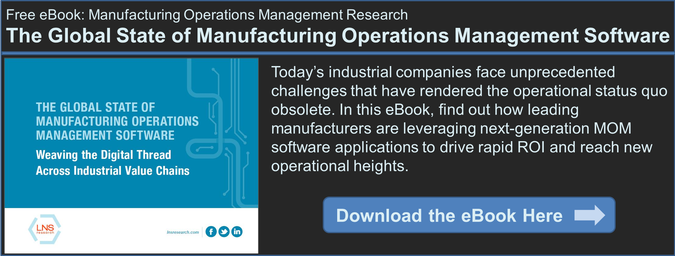Siemens kindly invited us to join a press day being held to show off the fully integrated design, process design, and manufacturing environment that is used to build Maserati Ghibli and Quattroporte cars in the AGAP factory in Torino.
The factory was the old Bertone site and was almost re-built from scratch to house a state of the art luxury car manufacturing plant. The site includes body in white, paint shop and final assembly, and panel stamping; engines are built elsewhere (e.g. Ferrari makes the gasoline engines).
The Ghibli was designed from scratch using Siemens’ Product Lifecycle Management (PLM) and CAD systems, Teamcenter, and NX. The entire design was created in 3D and these models could then be used in the process design system, Tecnomatix. All three production areas (body, paint, assembly) were modeled in Tecnomatix using the car design models as the starting point. This then led to a complete 3D model of the production process itself. The process was refined over time by using the digital twin to optimise the manufacturing process in minute detail.
Operational Excellence: Improving Processes Through Worker Feedback
Since going live Maserati has continued to improve the assembly process, in particular by continuous improvement through assembly workers’ suggestions. To date each worker has averaged fifteen suggestions for small process improvements per year, and the vast majority are implemented. Hopefully this process improvement will be fed back into Tecnomatix and other PLM and MPM tools for the next project. Indeed, I had a brief discussion about the new Maserati SUV, Levante, that will be built at another plant in Torino. It will use the same underpinnings as the Ghibli and so much of the 3D work and process design will be reused.
Although the technology is fascinating and looking around car (especially luxury car) factories is always fun, the most striking feature of the day to us was seeing such a strong partnership between Maserati and Siemens. We have in the past been sceptical of some of the largest automation suppliers’ claims about their customer relations; it is good to see such a convincing counter-example.
When Maserati decided to expand into higher volume manufacturing it was in an enviable position of having no cars and no factory in which to build them – the factory in Modena is only designed for hand-built low volume supercars. As Fiat Chrysler Automobiles (FCA) had a number of old factories no longer in production the choice to build a brand new line in the existing Torino made sense. The opportunity also arose to develop the existing partnership with Siemens to a much greater extent.
Weaving the Digital Thread Across the Value Chain
Siemens has been working for many years on its digitalization strategy to bring together product design, plant design, and automation into an integrated whole. The partnership with Maserati was an excellent opportunity to build a system that delivered real benefit to the customer and demonstrated in depth the concepts and reality of the digital factory. From component design using NX to complete 3D models of the Ghibli in Teamcenter, the platform provides collaboration capabilities for fast and detailed product design. This leads to the digital twin of the product that is then used to help design the production process itself in the manufacturing process management (MPM) phase. Siemens’ Tecnomatix MPM system allows iterative design of the process while simultaneously improving the manufacturability of the product itself. Much of the automation programming can be generated semi-automatically from the digital twin of the production process.
During the presentations and discussions there were many interesting examples of using data to speed the design and improve the manufacturing processes. For example, test data for the sound the car makes was recorded during real test drives and that recording could then be used in digital twins to try to improve the noise experience of the driver without undergoing too many actual tests; being able to do more with each prototype helps to reduce development cost and time.
LNS Research is impressed by the real world demonstration of the steps that Siemens’ digitalization strategy has taken. The company is starting to be much more open about its development efforts in software related technologies. As manufacturers move towards Industry 4.0 and the Industrial Internet of Things (IIoT), we await further communication and demonstration of Siemens’ capabilities across entire enterprises; we understand the cultural reticence in blowing a trumpet that is still being tuned, but hearing about valuable capabilities under development is surely good for everyone.
